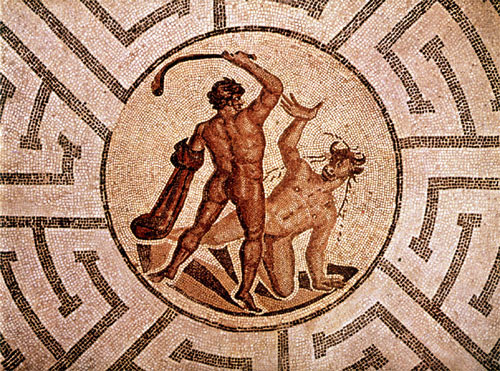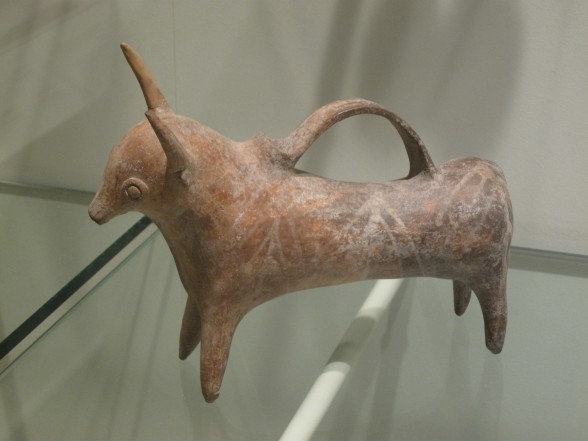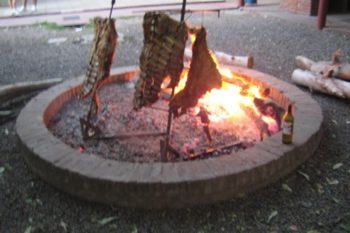For some readers, grasping the work of Jorge Luis Borges, the acclaimed Argentinean author, seems like an intimidating task. The language seems impenetrable, and the references, obscure at best. After a few attempts, the reader throws up his arms in frustration and relegates the book to the darkest corner of the bookcase, where it will gather dust for years.

We are going to try to cajole some sense out of Borges’ work. This is by no means a scholarly text but the attempt of a lay reader at unravelling the work of one of Argentina’s greatest writers.
Let’s begin with the themes. Borges is obsessed with the labyrinth –both physical and metaphorical – and the idea of man at its centre. Dreams also feature prominently in Borges’ writing, both as reality itself and as givers of live. Borges is also preoccupied with the idea of time and the infinite, violence, disloyalty, treason and punishment, and mirrors.
Throughout his writing, Borges uses a system of universal symbols which he makes his own to create a unique world through his fantastic narrative. He reworks myths into new stories and borrows an idea or a few lines from classical texts and invents new literature.
Let’s use the short story called The House of Asterion (La casa de Asterión) as an example. The story is narrated in the first person singular. It begins, like many other stories, with a quote. It is a line from Book 3 of Apollodorus’ Library.
The narrator begins by refuting some accusations made against him: that he is arrogant, mad and a misanthropist. Then follows a description of his house, an explanation of why he can’t leave it and what happened when he once did. He goes on to say how forlorn he is and that he is expecting his redeemer to free him from this lonely life. Here, the narrator shifts to the third person singular. The voice also changes to that of Theseus talking to Ariadne. Only then does the reader come to the full realisation that this story is a version of the myth of the Minotaur.

References to the theme of the labyrinth are peppered throughout the text: a house with no doors or furniture, forking basement hallways, grey stone galleries, rooms that are alike and endlessly repeated. His house is his world and the world is his house. There is also a reference to the Labyrinth of Egypt, a real building complex in the province of Fayoum, Egypt.
Borges also hints at the fact that Asterion is a monster, and a very lonely one at that, through the panic felt by the town dwellers the time Asterion ventures out of his house.
In the Minoan myth, the Minotaur is imprisoned in the labyrinth built by Daedalus and every seven –or nine- years is given a tribute of seven maidens and seven young men in order to avoid a plague. Although Asterion denies it vehemently, he is also a prisoner of his own loneliness, his otherness, his condition of monster. For some unexplained reason, nine young men are sent to his house very nine years for him to “free from all evil” (he says that their corpses help him navigate the corridors). Unlike the Minotaur, Asterion welcomes Theseus and doesn’t fight against fate.
Credits Translation of La Casa de Asterion into English by Antonios Sarhanis – Annagrammatically Jorge Luis Borges, El Aleph Edición con guía de lectura – EMECÉ Editores, 6th ed. Buenos Aires, 2007 Photo of the Roman mosaic: Wikipedia Commons Photo of the ancient figure: my own, taken at the Royal Ontario Museum
Read more





Well, I have no education in mythology so it looks like my hopes of understanding any of Borges’ work are limited. At least now I have more idea than before of what it’s about. Thanks for the explanation Ana. I’ve been meaning to read this post for a long time, sorry it took so long!